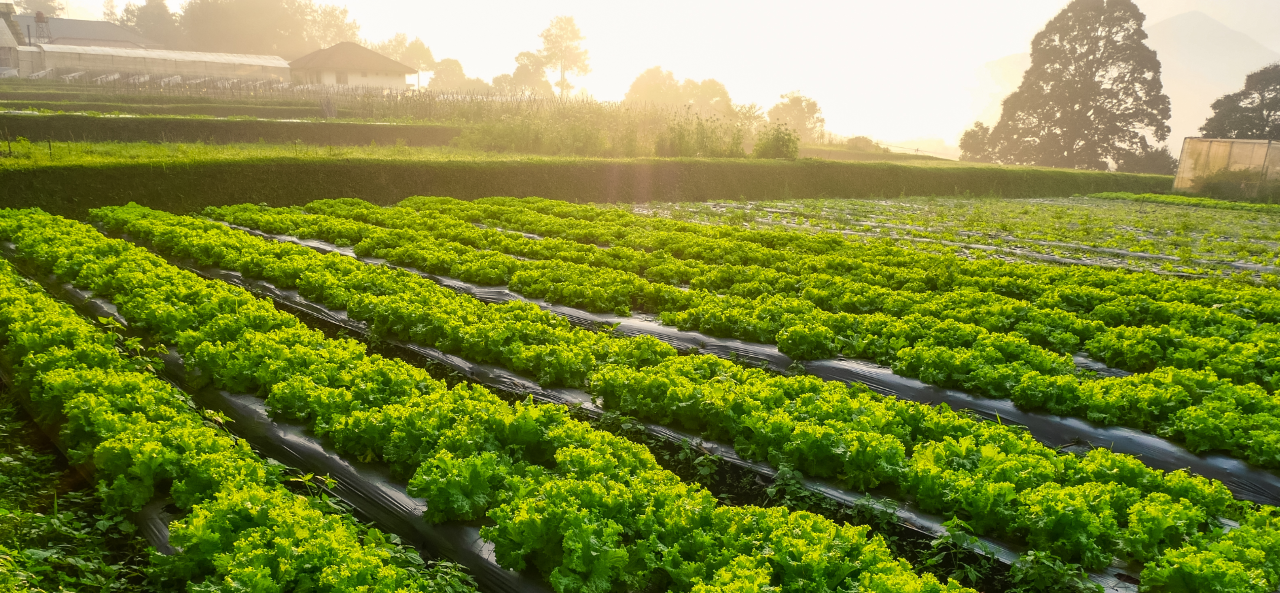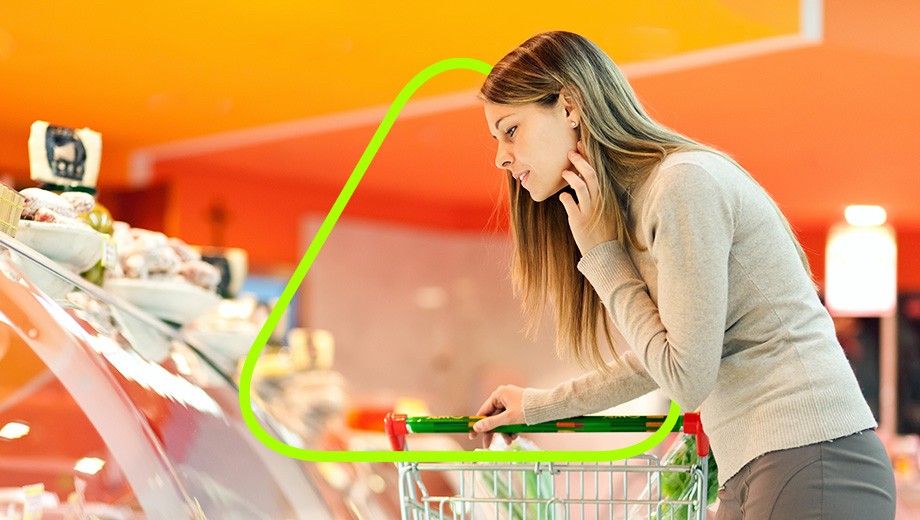Adapting to new business models and retail food safety modernization
Touchless retail experiences driven by the COVID-19 pandemic will continue to grow in importance. In fact, there is every indication that highly automated stores with self-service ordering, self-checkout, and grab-and-go technology will establish themselves in the retail landscape of the future.
Even before the COVID-19 pandemic, research indicated that online grocery shopping would have a 20 percent share of consumer food spending within the next few years. However, during the pandemic, online shopping took on a new importance for consumers sheltering in place, with one survey reporting that 31 percent of U.S. households are already using online grocery services.
Interestingly, age is no longer a factor in who shops online – 61% of Millennials, 55% of Generation X, 41% of Boomers and 39% of Greatest Generation have recently purchased a CPG product online. To offer a positive online experience, it’s essential that grocers provide customers with accurate information on inventory, so shoppers are not disappointed by out-of-stock items, short-term expiry dates and substitutions.
RFID enables up to 99% inventory accuracy that addresses consumers’ growing demands and expectations for online shopping. What’s less obvious and equally important, is how RFID provides a touchless technology that offers a huge benefit in terms of hygiene for food workers, by allowing items to be accounted for without needing to be ‘touched’ or manually scanned. That not only reduces the workload, it also helps reduce the spread of infection by reducing the number of hands touching each food item, along the supply chain.
In addition to the role of digital solutions in driving food safety, automating traditionally manual processes in the kitchen should play a major role in how the industry envisions the future.
Food safety culture
A direct digital connection between the consumer and the product can help establish a culture of food safety like never before. We urged the FDA to mandate the use of interoperable standards for globally unique identification and uniform baseline content to be physically and digitally tied to each food supply chain item because this addresses the needs of both the industry and customers.
It’s essential to follow a standard such as the GS1 Digital Link Standard, which enables any smartphone to access a product’s unique digital identity, trusted product data, and product’s fitness for use through a secure web address via QR code or NFC tag. This technology helps brands connect with their consumers while building the food safety culture, communicating a limitless amount of safety, nutritional, allergen, and other information.
Creating a food safety culture won’t happen overnight. It will encompass every point along the supply chain and become the priority for every food grower, distributor, retailer, restaurant, and consumer. The FDA deserves congratulations from the food industry and all Americans. Its Blueprint provides a road map for using technology to ensure food safety from grower to table. Pandemics will come – and hopefully, go. But the drive to create a food safety culture that embraces technological advances means that foodborne illness will not have the potential to become public health crises.
Ryan Yost is vice president and general manager for the Printer Solutions Division of Avery Dennison. Avery Dennison is at the forefront of global initiatives to modernize food safety with its Freshmarx® suite of intelligent food industry solutions and Freshmarx Connect, which enables data harmonization and data integrity. For more information on Avery Dennison food industry solutions, please visit www.freshmarx.com




